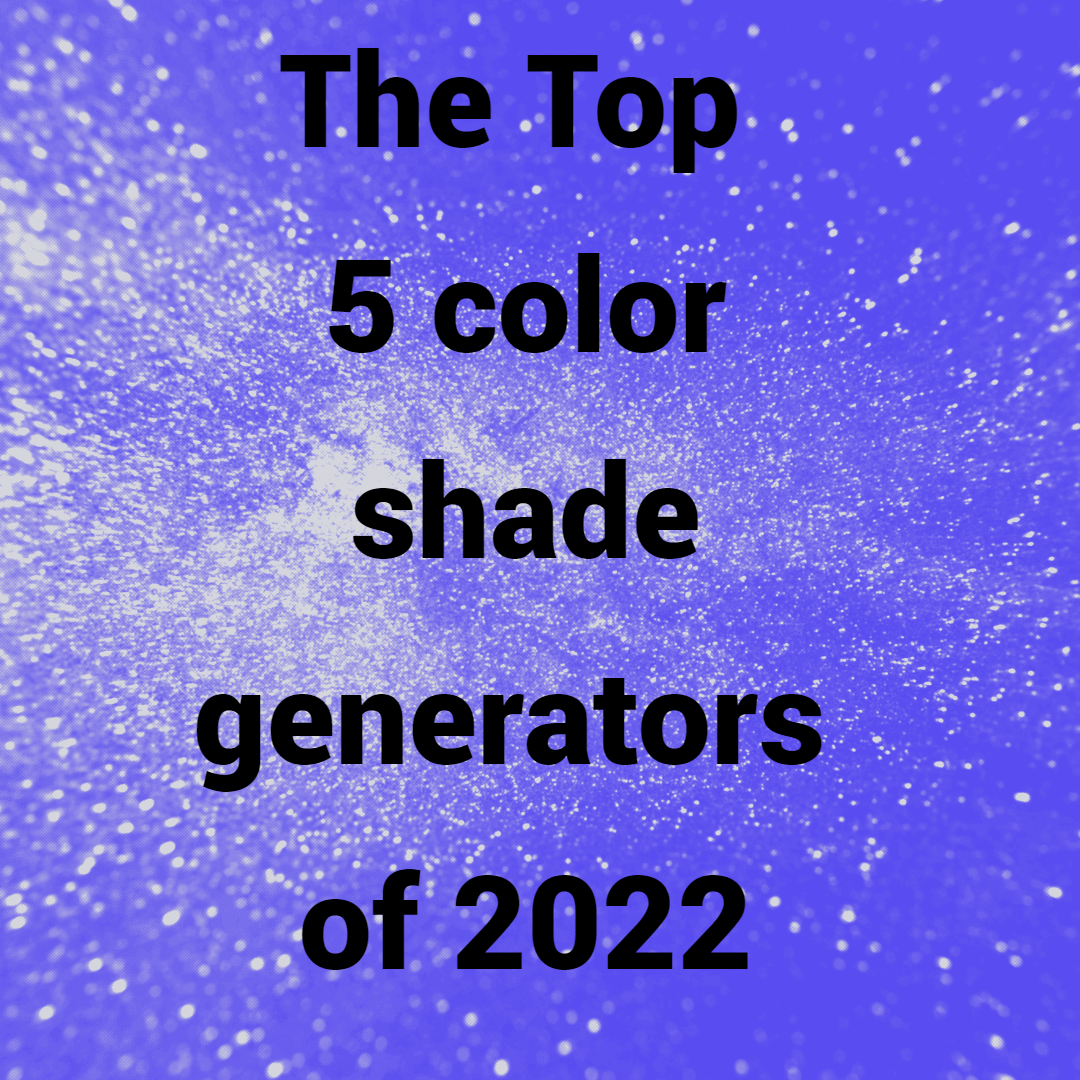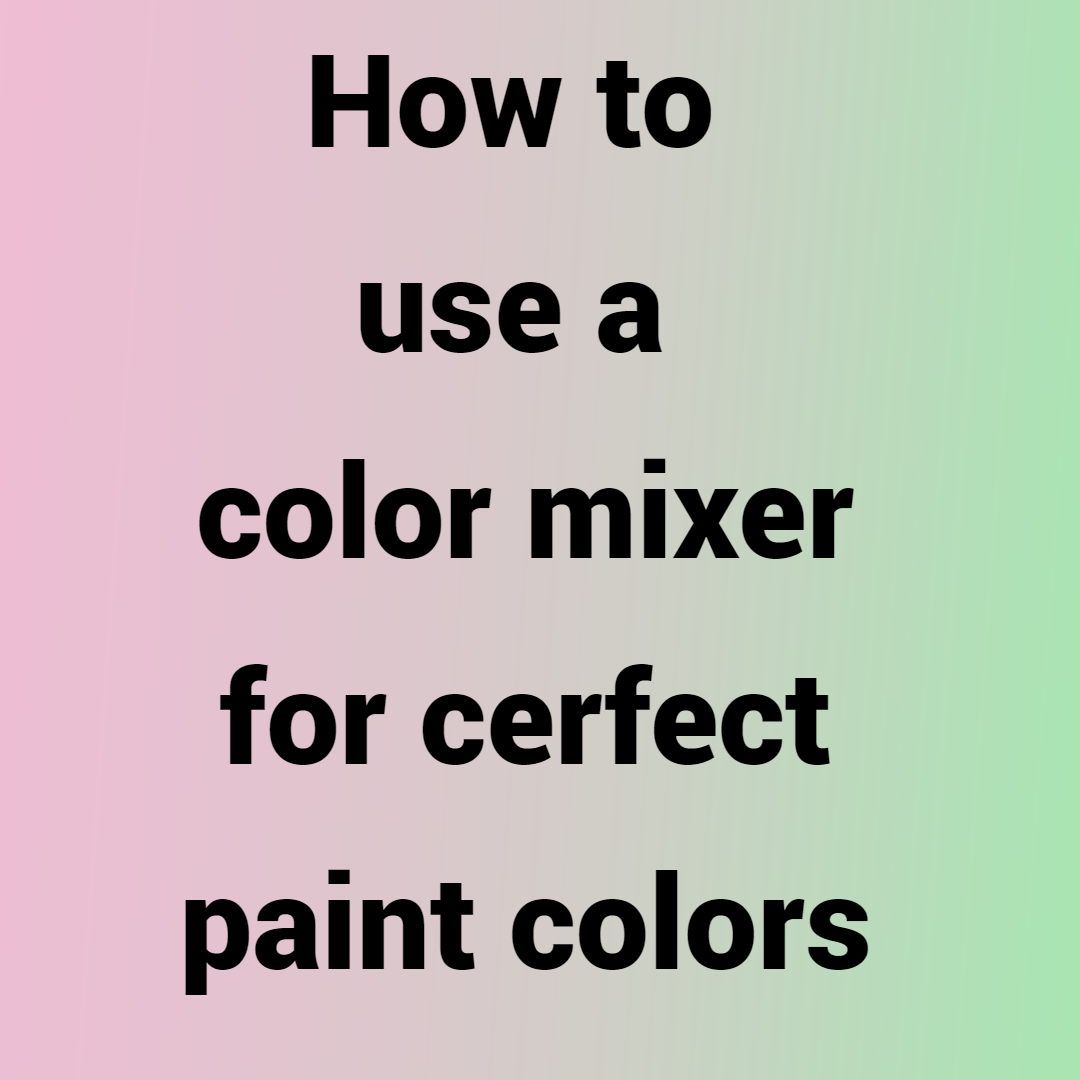If you have color blindness, your eye does not perceive color correctly.
The varying light that enters is visible to your eyes. It resembles how we categorize sounds as being high or low. This is known as pitch, and it is related to the sound’s frequency, or how frequently it vibrates over time.
Low-frequency sounds are produced by the left side of a piano keyboard’s keys. Moving to the right causes the frequency to increase. The colors we see also appear in a certain order.
Red, orange, yellow, green, blue, indigo and violet are the colors that always appear in the same order on a rainbow. A different light wavelength is associated with each of the rainbow’s various colors. Long wavelengths characterize reddish hues. The shorter one is used for bluish hues. Many wavelengths of light correspond to the various colors, just as there are many notes on the piano.
How Do You See Colors With Your Eye?
Consider the eye as a camera. It has a lens in the front. Its responsibility is to center images on the retina of your eye. The retina is the name of this region. It is covered in unique nerve cells with pigments that respond to light.
Your color vision is governed by cones. Cone cells come in three different types, each with a different type of pigment. Some respond to light with short wavelengths, while others respond to light with medium or longer wavelengths.
Rods only contain one type of color. Any light wavelength has the same effect on it. The ability to see color is unrelated to rods. However, they are extremely light-sensitive, which enables us to see at night.
Color Blindness: What Is It?
Your eye sees every shade of color when the cones are fully pigmented, or photopigment. You won’t see colors the way you should if there is a problem with the pigments. Color blindness or color deficiency is the term used for this.
You might only experience visual difficulties with specific colors if only one pigment is missing.
You won’t be able to see any color if your cones are devoid of pigment. This is a rare condition called achromatopsia.
How Does Color Blindness Develop?
Incorrect photopigments—molecules that detect color in the cone-shaped cells, or “cones,” in your retina—are typically brought on by genes inherited from your parents.
However, there are times when color blindness is not genetically predisposed but rather results from:
- Eye injury from physical or chemical agents
- Optic nerve injury
- The brain’s color-processing regions have been harmed.
- cataract: a clouding of the lens of the eye
- Age
What Kinds Of Color Blindness Are There?
The most prevalent types are caused by defective genes that you inherit from your parents and that affect how well your eye’s cone photopigments function. This can either mean that you are less sensitive to some colors than others or that you are completely color blind.
Color Blindness from Red to Green
It occurs when the red or green cones in your eyes’ photopigments don’t function well or at all. There are various kinds:
- Deuteranomaly, the most prevalent type of color blindness, is uncommon in females but affects 5% of males.
- Yellow and green appear redder when the green cone photopigment is malfunctions, and it is difficult to distinguish between blue and violet.
- Your red cone photopigment is defective; it doesn’t function as it should. Colors are less vibrant and have a greener appearance in orange, red, and yellow. Typically, it’s not severe and has no negative effects on daily life. About 1% of males and 2% of females have it.
- You are protanopic if your red cone cells are inactive. Simply put, red appears dark gray. It appears yellow in some orange, yellow, and green hues. About 1% of males and very few females are affected by it.
- You lack functional green cone cells, which is deuteranopia. Greens may appear beige, and reds may appear brownish-yellow. It affects 1% of males and is rare in females.
- Color Blindness in the Blue-Yellow Spectrum
Your blue cone photopigments are either missing or malfunctioning at this point. It is the second most typical type and equally affects both men and women.
- Your blue cone cells only function partially due to a tritanomaly. Pink can be difficult to distinguish from yellow and red, and blue can appear to be greener. It’s extremely rare.
- You have no blue cone cells, which is a condition known as tritanopia, or blue-yellow color blindness. Yellow and blue both appear to be light gray or violet. It’s extremely rare.
Blindness to all colors
You don’t see any color at all, and your vision might not be as clear when you have monochromacy, as it is also known.
The two are as follows:
- When two of your three cone cell photopigments—red, green, or blue—don’t function, you have cone monochromacy. One color is difficult to distinguish from another when only one type of cone is functional. Additionally, if one of your damaged cones is blue, you might have nystagmus, which is an uncontrollable eye movement disorder, nearsightedness, and poor vision.
- The most severe type of color blindness is called rod monochromacy, also known as achromatopsia. You have no functional photopigments in any of your cone cells. You see the world in black, white, and gray as a result. You might experience nystagmus (uncontrollable eye movement), which could hurt your eyes.
Does color blindness lead to other medical issues?
That type doesn’t exist in the kind that is born with. Colorblind individuals typically lead normal, full lives. Your condition might prevent you from obtaining a job, such as a pilot’s, that calls for a certain level of color vision.
Speak with your eye doctor right away if you believe you may be experiencing color vision issues. If you need help seeing colors properly, they can advise you on what to do.
The best color palette makers
Any website or project must have a color scheme, so we’ve put together a list of the top web tools and palette generators to assist you in finding the ideal color combination.
Coolors
COOLORS is a palette generator made by designers for designers.
Coolors, which has been hailed as the “new super-fast color palettes generator,” delivers on all counts, and we think you’ll agree. With a sleek, user-friendly interface, a growing collection of sexy palettes, and mobile apps for both iOS and Android, it takes the top spot on our list. It was well done by Coolors.
Adobe Color CC
Palettes and harmonies can be made easily from a single color.
You can use the resources on this website, formerly known as Adobe Kuler, to combine any base color into a stunning palette or harmonious design. Better yet, sign in to your Adobe account and save your generated palettes for later use or share them with other users.
Colour Lovers
Website for generating patterns and palettes with a strong social component.
Colour Lovers, a pillar of the online color community, has over a million color palettes and a user base to match. If you have a few hours to kill, head on over and start loving some colors. There are palettes, patterns, shapes, and more.
Color Hunt
Color search product, updated daily
A relatively new player on the color scene, Color Hunt is a website similar to Product Hunt for, well, colors. While quickly browsing an ostensibly endless list of color schemes, view and save your favorite distinctive schemes.
Color by Hailpixel
Generating palettes is fast and fun when the interface is minimal.
Through a unique cursor-based user interface, this website provides a creative and entertaining way to create palettes. To alter the hue, lightness, and saturation, use the mouse to scroll. But really, just give it a shot.
Colour Code
Cursor movement will produce palettes and harmonies.
With export formats in SCSS, LESS, and PNG, Colour Code builds on the previous website’s cursor-based interface to allow you to generate harmonies in addition to creating palettes.
Sip
Create color palettes from images on your iPhone.
Sip is a wonderful little Mac and iPhone application that lets you name, categorize, and share your palettes among various devices as well as lets you make color schemes from images. The options for exporting are virtually endless if you purchase the pro version.
Color Hunter
Create and understand color palettes using images
A certain image’s colors really speak to you? Uploading an image to Color Hunter will produce a palette. Way too lax? One can find previously made palettes by looking through their archives.
Pictaculous by Mailchimp
Adobe color cc and color lovers provide suggested palettes.
With Pictaculous, you can upload an image and receive a palette, along with suggestions for color schemes from Color Lovers and Adobe Color CC.






